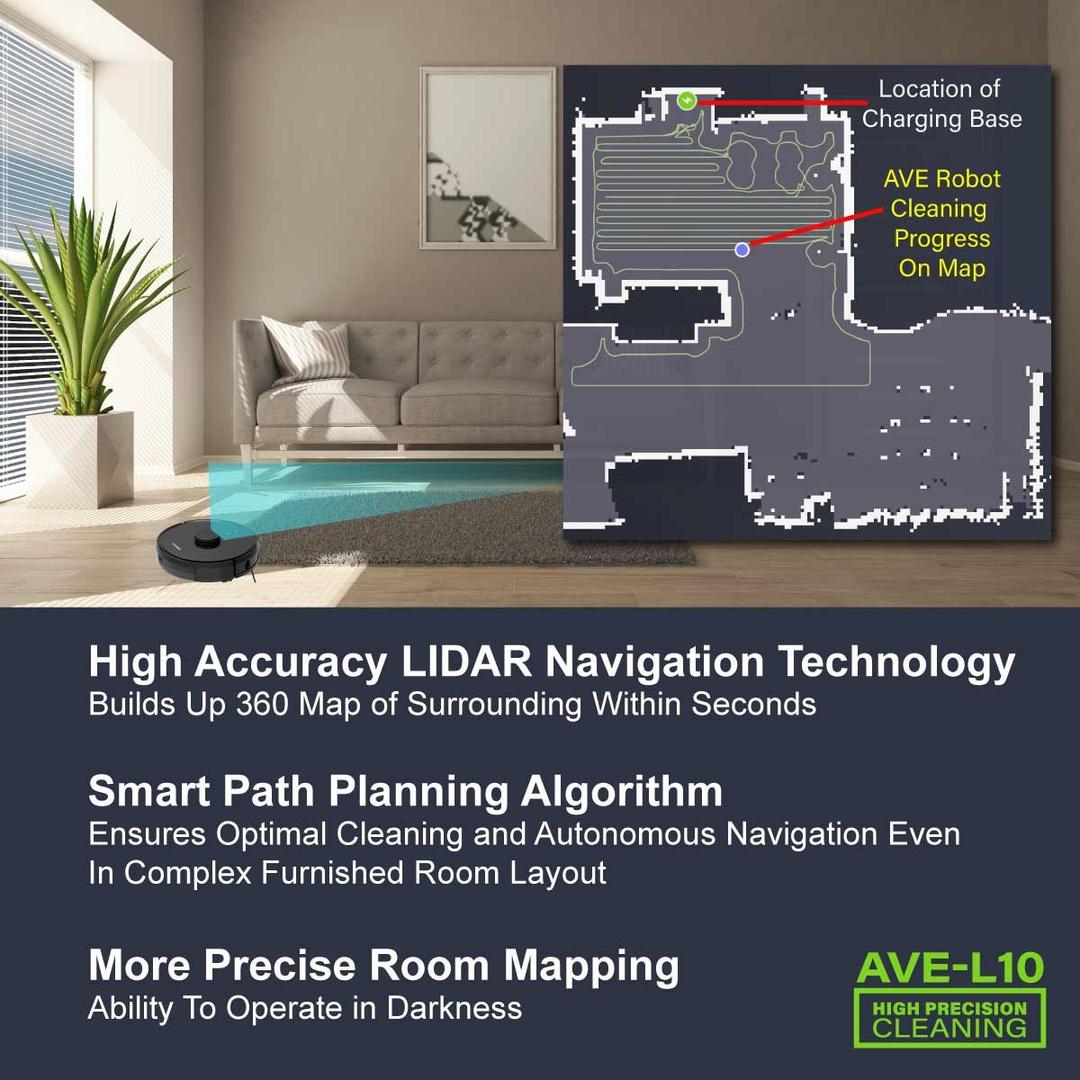
1 minute read
Lidar Navigation Robots
Lidar, short for "Light Detection and Ranging," is a technology that uses light in the form of a pulsed laser to measure variable distances to the earth. This technology has been adapted for various applications, including self-driving cars and robot vacuums.
Lidar-powered robot vacuums work by projecting a laser around the room, which bounces back to the robot when it hits an obstacle. The time taken for this roundtrip journey is used to calculate distances and build a precise 3D map of the area. This system gives your robot vacuum a near-perfect sense of direction, and it can systematically clean your rooms, following a logical path rather than bouncing around randomly.
Lidar navigation excels in its accuracy and reliability of mapping, even in low-light conditions. It can easily navigate around obstacles, find its charging dock, and resume cleaning where it left off.
However, Lidar navigation robots are usually more expensive due to the complex technology involved.
Localization and Mapping (vSLAM)
vSLAM technology works similarly to human vision, using a camera (or multiple cameras) and onboard processing to identify objects, track their location, and chart their path through the home.

By taking numerous images per second and stitching them together, vSLAM creates a real-time 3D map of the environment.
The most significant advantage of vSLAM is its ability to add context to what it sees.
vSLAM devices can differentiate between a wall and a cliff (like stairs), a feature that many Lidar systems can't offer. They can also learn to identify specific areas, such as a kitchen or a bathroom, and adjust their cleaning strategy accordingly.
However, vSLAM systems are often less effective in low-light conditions and can struggle to recognize reflective or transparent surfaces.


